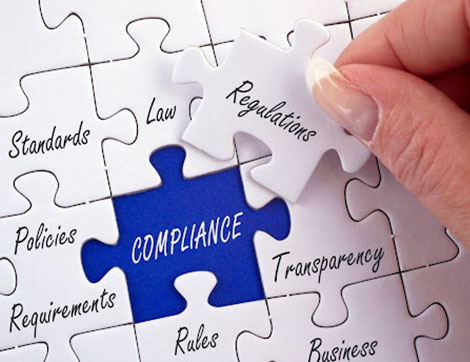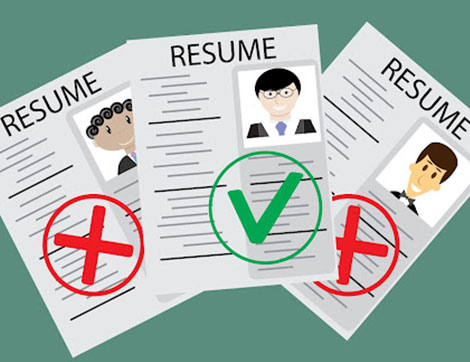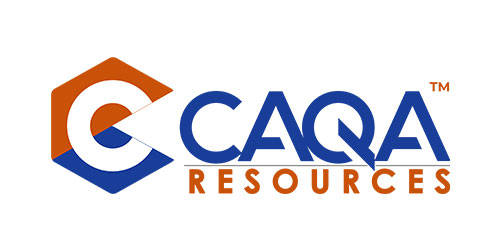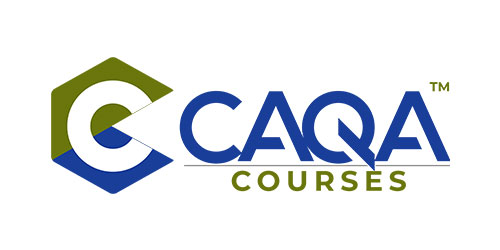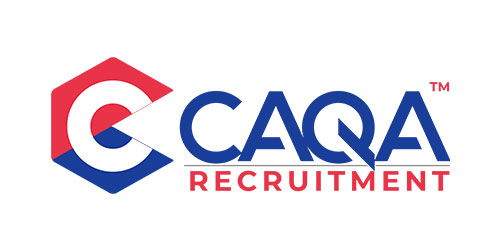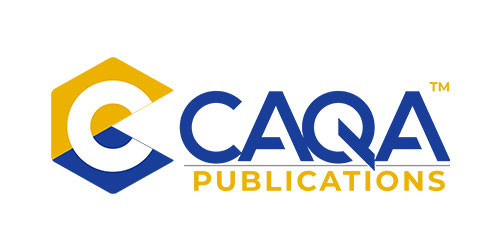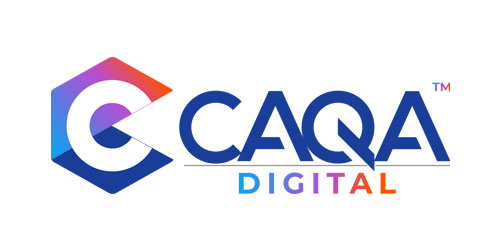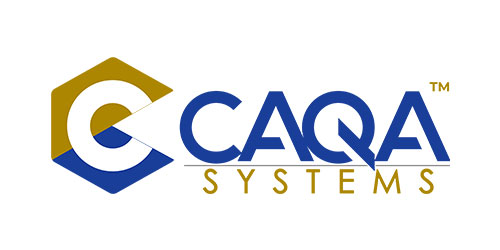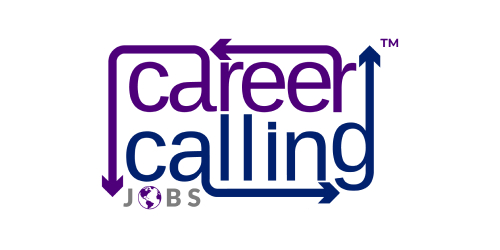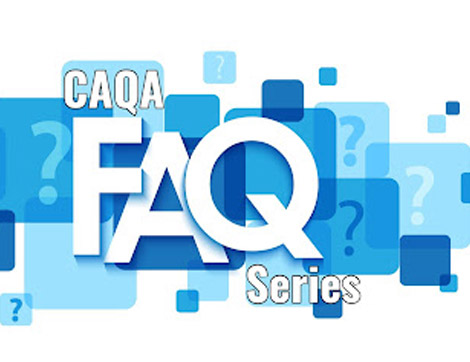
News
What is the difference and commonality between Validation, Moderation and Pre-validation?
Pre-Validation (verification) is the practice of validation that occurs before using the assessment tools. This validation happens after either development of the assessment tool or purchase from a resource provider. The objective of pre-validation (verification) is to ensure that the materials meet the requirements of the training package.
Moderation is a quality control process that should be conducted before the assessment is finalised. Moderation is no longer a mandatory regulatory requirement in the current regulatory framework under the Australian Skills Quality Authority (ASQA).
Validation is a quality review process that confirms your RTO’s assessment system can consistently produce valid assessment judgements. It is conducted after the assessment tool is implemented and students’ assessments are completed and marked. It is a mandatory regulatory requirement in the SRTOs (the Standards for Registered Training Organisations).
The commonality is that all of them play an essential role to ensure the best industry practices related to assessment practice and judgment and continuous improvement.
If moderation is not mandatory, why do I need to conduct moderation before the assessment practice?
Though moderation is not mandatory, we strongly advise you to conduct moderation as it ensures best practice of effective assessment, mainly assessment practice and judgment. Moderation also takes your training and assessment strategy to the next level of excellence.
Do I need to validate a unit that I have already validated if it is superseded but is equivalent?
Yes, you must validate the unit. If a qualification is superseded or discontinued, this is a clear indication that industry needs have changed and the previous qualification is no longer the most suitable. Accordingly, it is a good practice to take that opportunity and check every part of the assessment whenever there is any change, even if it is equivalent.
The SRTO 2015 stipulates validation schedule is a five-year plan; each training product must be reviewed at least once in that five-year period, and only 50 per cent of the training products must be validated in the first three years of the schedule. Where does the five-year cycle start?
Before explaining the cycle, we would like to make one point very clear. The SRTO has put the minimum requirement, and as the name indicates, minimum means the least benchmark (not necessarily ideal for your requirements).
Your validation schedule is influenced by many factors, such as high volume of complaints against one of your trainers, high-risk training products, if there are too many non-competent results in the assessments, if students not understanding the instructions, or students dispute the outcome of their assessments. Any of these can be triggering points that should spark validation. The advice is to validate your training and assessment tools more often.
The five-year cycle starts from the day you are registered as an RTO or if you have been around for quite a time the cycle starts from 2015 (when the current RTO standards were implemented).
Why is validation important, and why are people talking about it extensively?
Validation has a valued place in the education system. It is one of the few compliance requirements that influence and is accountable for more than a dozen standards within the Standards for RTO 2015. As such, validation has become very important.
Validation needs to be clarified because there seems to be a lot of misunderstanding and inconsistency of interpretation and practice of validation. This, in turn, is resulting in malpractice, including awarding certification documentation to learners whom they have NOT assessed as meeting the training product’s requirements specified in the relevant training package. To avoid such major non-compliance RTOs need to have a clear understanding of validation and its practice.
What do I do if the validation team finding is that the assessment practice and judgment have significant issues and has not been done correctly?
In such circumstances, you need to follow the following steps.
Put another team to verify the finding. If the team affirms the outcome;
a) see if the students have been assessed in another unit or qualification and the learning outcome and tasks are covered there.
b) if not, conduct gap training and reassessment for the current students
c) if students have been awarded their certificate, recall all students who have been assessed as per the finding and conduct gap training and assessment
d) if students decline to participate, revoke the qualification as per the National Vocational Education and Training Regulator Act 2011. Australian qualification must be awarded only to learners you have assessed to meet the training product’s requirements specified in the relevant training package.
If multiple qualifications share a unit, do I need to validate the unit in both qualifications?
Yes. Even though the unit’s code and name are the same, the context and industry requirements are different. For example, CHCDIV001 – Work with diverse people will have different contexts, tasks, assessment conditions and simulated environments in Child Care, Aged Care, Audiometry, Ambulance Communications (Dispatch), and Animal Care and Management.
I have a qualified compliance manager who understands the RTO standards like the palms of their hand; why do I need a validation team?
Forming your team with people who hold collective vocational competency, vocational teaching and learning, subject matter expertise with current skills, knowledge and experience is vital.
The advice is to include at least one subject matter expert with ‘industry relevance’ because, without their participation, your RTO can not ensure that the training and assessment practices are relevant to the needs of the industry. Industry experts can see areas that your compliance manager or trainers and assessors (even with industry currency) cannot see, such as:
- regulations or laws governing the industry and standard operating procedures, equipment and machinery used at enterprise level
- aspects of the work environment (for example, shifts or seasonal changes to schedules) that will affect delivery and assessment
Also, when validation is done by one person internally, there is a chance of non-compliance either through complacency, assumptions or familiarity.
Moreover, as the old adage proves, three heads are better than one.
What is the benefit of conducting pre-validation if I have to validate my assessment practice and judgment? Does the 50% rule apply to the pre-validation too?
Pre-validation (Verification) helps you to check your new assessment tool prior to their implementation, whether developed in-house or purchased; you need to ensure they are a valid tool that will ascertain that the assessment will be conducted according to the principles of assessment and rules of evidence. This will ensure that your future students can be accurately and consistently assessed and your assessment system meets the compliance obligations in clause 1.8 of the Standards.
No, the ‘50% in three years’ does not apply. You have to validate all assessment tools 100%; hence the 50% validation does not apply to the pre-validation (verification) phase.
Can I do my validation with another RTO? For example, I do their validation, and they do mine.
Yes, you can do that, but the bottom line is that the panel or team need to collectively hold the required skills, knowledge and industry competencies and currency. You might also want to make sure you sign a copyright agreement to avoid any complications.
One of the reasons that I do not do validation is it involves a lot of paperwork. Any tips to avoid the paperwork?
The best suggestion we can give you is this. You need to have
- A proper schedule that is distributed over a period of time,
- Have a risk matrix to identify and prioritise your validation,
- Be proactive. The more you do it frequently and on time, the more it allows you to identify any gap and early delivery that ensures it is filled before affecting future students.
I have validation policies and procedures and plans; however, I am deemed non-compliant repetitively; am I missing something?
Yes, almost all RTOs have validation policies and procedures. However, the method does not articulate and demonstrate in detail what they must do, how they will do it, when they will do it, who is responsible for doing what, the mechanism for monitoring, and the evidence they can provide.
If there is a considerable gap in the interaction between your policies and the actual practice, systems and continuous improvement, you will likely be deemed non-compliant.
What are the documents that I need to demonstrate compliance with in my validation?
There is no prescribed list required as per the SRTO 2015; however, as per the recently much promoted ASQA’s approach on self-assurance and ASQA’s newly released approach to assessing performance (March 2021), you have to demonstrate the following:
How you systematically monitor your training and assessment strategies and practices to ensure ongoing compliance and how you systematically evaluate and use the validation outcomes, client trainer and assessor feedback and complaints and appeals.
Accordingly, as part of your evidence to demonstrate your system for ensuring ongoing compliance with the standard 1.9 – 1.11, and 1.25 (TAE) you must demonstrate
- The validation schedule and how it is implemented
- How you identified your validation team, including the industry experts
- The validation outcomes and recommendations for improvement
- The rectification plan developed, and how it was incorporated in the assessment tool and practice
- Sample size and the randomly selected files
By demonstrating the above, you will demonstrate your commitment and capability to proactively check your assessment practices and address issues as they arise and remain compliant in the future.
For more information, please call CAQA or email us at info@caqa.com.au.
 1800 961 980
1800 961 980 info@careercalling.com.au
info@careercalling.com.au




